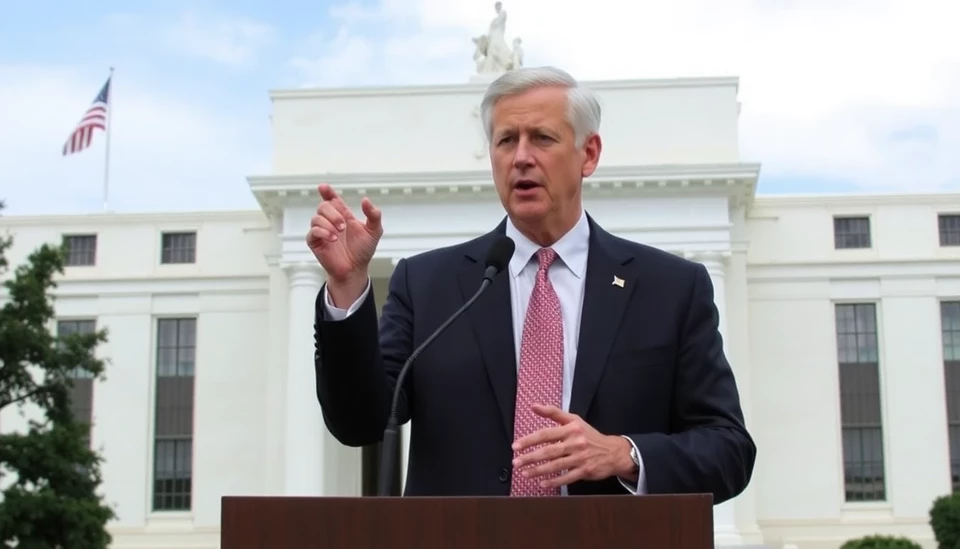
The Federal Reserve has historically demonstrated a significant adaptability in its monetary policy, particularly during transitional periods marked by changes in presidential administration. Recent analysis reveals that expectations surrounding Donald Trump's policies leading up to his presidency in 2017 altered the Fed's trajectory in critical ways.
During the weeks leading up to the election, the market began reacting to Trump's proposed economic strategies, which included tax cuts and deregulation. These expectations prompted a shift in the Fed’s perspective on inflation and employment, contributing to a more aggressive stance on interest rates. This shift was evident in the Fed's decision-making as it navigated turbulent economic predictions tied to Trump's imminent economic policies.
In particular, the Fed aimed to position itself to manage potential inflationary pressures that could arise from the stimulus effects of Trump's tax reforms. The anticipation of increased public spending provided the Fed with a rationale to consider raising interest rates sooner than they had previously planned. The overarching concern was that the economy could overheat if fiscal policies led to substantial economic growth without a corresponding adjustment in monetary policy.
The Fed’s dual mandate—balancing maximum employment with stable prices—was scrutinized as central bankers faced the challenge of forecasting the outcomes of Trump’s fiscal policies. While Trump's administration was still taking shape, the Fed's communications made it clear that they were monitoring developments closely, reinforcing the idea that monetary policy is often influenced by broader political dynamics.
Further complicating the Fed's position were the global economic conditions and market reactions that followed Trump’s election victory. Despite a major focus on domestic policies, the Fed had to remain cognizant of international markets, which were reacting to Trump's assertive trade policies and their potential implications for U.S. exports and imports.
As history continues to unfold, the events surrounding Trump's presidency serve as an invaluable case study for understanding the interplay between political expectations and central banking. The adaptability of the Fed and the way it calibrates its policies in response to political climates reinforces the importance of forecasting and readiness in economic strategy.
This historical perspective not only illuminates the Fed’s policy shifts during Trump's term but also offers insights into how anticipated changes in political leadership can shape economic trajectories moving forward. As new administrations come into play, the lasting impact of these transitions on institutional policies remains a crucial area of focus for economists, policymakers, and market observers alike.
The legacy of the Trump-era policies continues to echo in the Fed's current strategies and highlights the inherent interconnectedness of politics and economics. Moving forward, observers will undoubtedly continue to analyze how political developments influence monetary policy decisions and the broader economic landscape.
Given this intricate relationship, the Federal Reserve's readiness to adapt to changing political environments serves as a reminder of the dynamic nature of economic governance, prompting ongoing discussions regarding the balance of power and influence between various sectors of government.
As we look ahead, the lessons learned from this period will be instrumental in shaping future monetary and fiscal policies, as the Fed remains a pivotal player in navigating the complexities of the U.S. economy.
#FederalReserve #TrumpAdministration #MonetaryPolicy #EconomicForecast #Inflation #EconomicStrategy #USPolitics
Author: Rachel Greene




